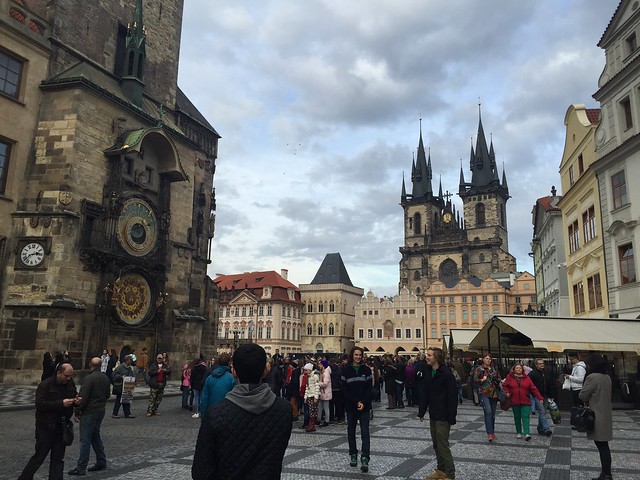Every top of the hour, Prague’s medieval astronomical clock or orloj sends tourists’ necks craning hoping to see something spectacular.
Every fifteen minutes before every hour, the crowd thickens in front of the clock, positioning their cameras. Not to disappoint you, but there’s nothing spectacular about the clock that is probably one of the most visited in Europe aside from Big Ben.
The clock was first installed in 1410, making it the third-oldest astronomical clock in the world and the oldest one still working.
What happens when the clock strikes? Two small windows open with some male statues supposedly the apostles moving. There’s also a payatot skeleton striking the time. Then finish na. Go home.
According to local legend, the city will suffer if the clock is neglected and its good operation is placed in jeopardy and a ghost, mounted on the clock, was supposed to nod his head in confirmation. Based on the legend, the only hope was represented by a boy born in the New Year’s night. Naku.
At night





